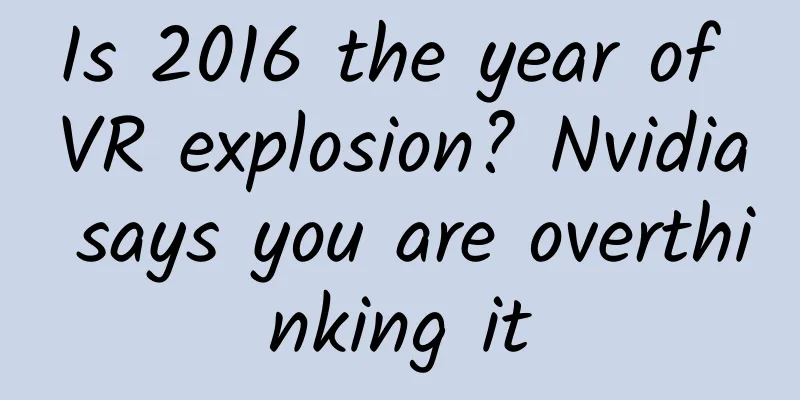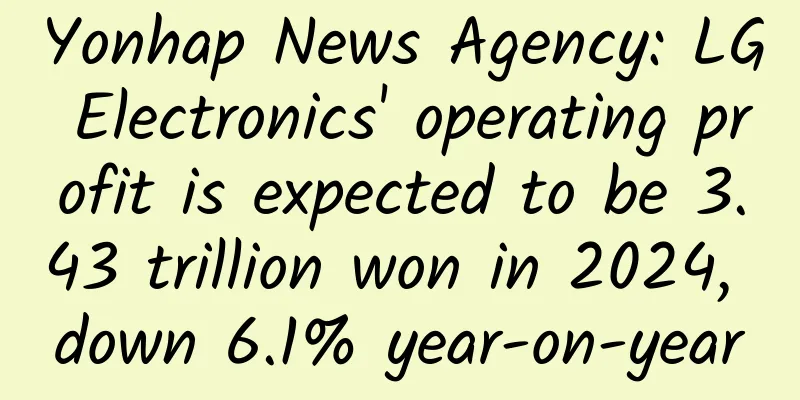Is 2016 the year of VR explosion? Nvidia says you are overthinking it

|
The popularity of virtual reality has encountered a tricky problem: there are simply not enough PCs that can support it. We are talking about head-mounted VR that needs to be connected to a host, which is not the same as the cardboard box that holds the mobile phone. The former places very high demands on computer performance: compared with ordinary PC stand-alone games, VR games require 7 times more powerful image processing capabilities. Nvidia is the world's largest graphics card supplier, accounting for more than 60% of the market. According to Bloomberg, Nvidia expects that 13 million computers will be integrated with display chips that support VR next year, which accounts for less than 1% of all PCs on the market next year. "I think VR has huge potential. But from the perspective of short-term technological development, we still have to be realistic and VR still faces many challenges," said Piers Harding-Rolls, an analyst at market research firm IHS. According to the forecast of the Consumer Technology Association (CTA), the sales volume of VR equipment will reach 1.2 million units next year, with total revenue reaching 540 million US dollars. Although this is 6 times that of last year, it is still far less than the 2 billion US dollars that Facebook acquired Oculus last year. This means that we will not see the "big explosion" of VR in 2016, although Oculus, Sony and HTC will release consumer products this year. There will also be more than 40 VR-related exhibitors at the International Consumer Electronics Show (CES) held next month, which is 77% larger than last year. Oculus has also talked about the issue of PC performance before. They have also developed a cooperation plan "Oculus Ready", joining forces with Dell, Asus and Alienware (Dell's gaming brand) to launch a batch of "Oculus certified" PC consoles. Oculus Ready certified consoles The configuration standards of these consoles are 8GB of memory, Intel i5 processor, NVIDIA GTX970/AMD 290 GPU - this is the hardware requirement benchmark that Oculus has set for developers and consumers. In other words, only by purchasing a PC console that meets this standard or directly purchases an "Oculus certified" console can you guarantee the Oculus experience. This kind of console is not only rare, but also expensive, and the first one will cost you $900. Oculus Rift CEO Brendan Iribe once revealed at a conference that the cost of using Rift is $1,500 (about 9,700 RMB). |
>>: A must-read for mobile app developers: 14 ways to get your app accepted by the App Store
Recommend
How to improve the conversion rate of old customers bringing in new customers?
In simple terms, bringing in new users means find...
Get App Competitive Analysis
When I was studying competitor analysis , I found...
After Yangkang, will exercise lead to sudden death from myocarditis? How long can I exercise?
Can I resume exercise immediately after “Yang Kan...
How to monitor website conversion rate?
The conversion ability of a website mainly refers...
22 Lectures of Go Language Evangelist's Getting Started Notes
Go has become the most competitive programming la...
The privacy dilemma of domestic apps: thoughts triggered by Baidu's "telephone monitoring" incident
The new year of 2018 may not be easy for the thre...
Top Growth Hackers: How to Use Data Experimentation to Build a Growth Engine
Growth hackers are the real source of revenue for...
This disease is so painful that it has become a hot topic. Should we get the vaccine that costs thousands of yuan?
recently A pain is a warning sign of shingles Bec...
Talking about WeChat ban again: Why do we need "net neutrality"?
Last week, I proposed the extended concept of &qu...
Game live streaming platform: Huya Live Development Analysis
The author of this article analyzes the main func...
How does the blood in the legs and feet overcome gravity and flow to the heart?
Who can fight against the gravity of the earth? B...
Will QR codes be scanned by humans? Yes! But we can’t wait for that day
Payment codes, business card codes, health codes,...
Does your nose itch when spring comes? Interesting facts about pollen
Spring Blossoms Itchy nose? Cool facts about poll...
What? When the ancients created Chinese characters, they actually made these "wrong" characters?!
When talking about Chinese characters, one can of...









